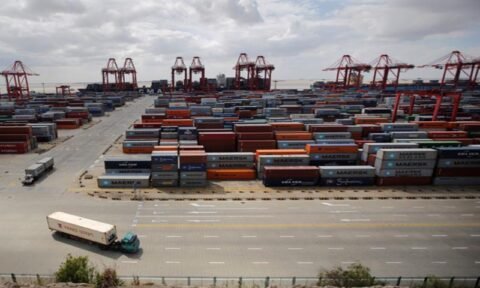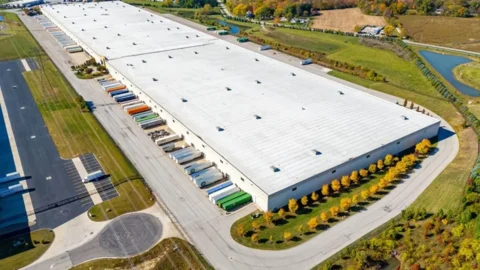India’s Grade A warehousing market is on the cusp of a remarkable transformation, with leasing activities projected to surpass 45 million square feet in 2024, according to a joint report by CREDAI and CRE Matrix. The demand for premium warehousing spaces is driven by the burgeoning logistics and industrial sectors, reflecting a robust economic trajectory.
In the first half of 2024 alone, approximately 20.3 million square feet were leased, outpacing new supply, which stood at 14.8 million square feet. This dynamic led to a record low vacancy rate of just 8.2%, a clear indicator of the sector’s vitality. The majority of this demand is concentrated in key regions such as the Mumbai Metropolitan Region (MMR), Pune, and the National Capital Region (NCR), which collectively account for an impressive 64% of total leasing activity.
Mr. Boman Irani, President of CREDAI, commented on the evolving landscape of the Indian property market, emphasising that specialised segments like warehousing are becoming essential components of the economy alongside traditional sectors. As investments in manufacturing ramp up and e-commerce continues to flourish, particularly in tier-I and tier-II cities, the momentum in demand is anticipated to sustain well into the fourth quarter of 2024.
Highlighting India’s strategic advantages, Mr. Abhishek Kiran Gupta, Co-founder and CEO of CRE Matrix, noted that manufacturers are increasingly relocating from China or expanding their operations in India, driven by competitive factors such as lower labour costs and technological advancements. The report predicts that the total stock of Grade A warehousing in India could reach around 300 million square feet by the end of 2025.
Regional trends show Bengaluru experiencing a significant 25% increase in Grade A supply between the first and second quarters of 2024, while Pune is witnessing exceptionally high demand, accounting for 48% of the total demand in the MMR-Pune region, despite facing a supply crunch. With a demand-to-supply ratio of 2:1 in Pune, there is considerable potential for new developments in the forthcoming quarters.







